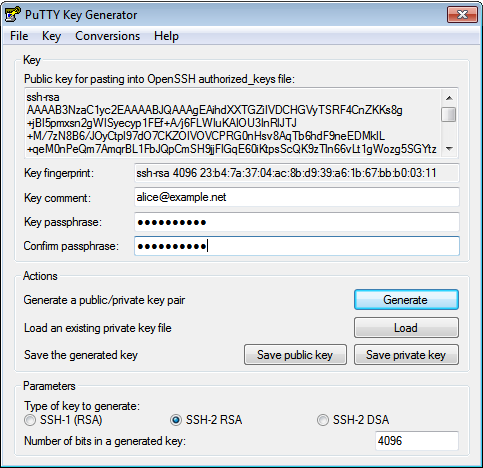Xslt Generate-id Function And Key
- Apr 28, 2011 Chris Evans of the Chrome Security Team reported that the XSLT generate-id function returned a string that revealed a specific valid address of an object on the memory heap. It is possible that in some cases this address would be valuable information that could be used by an attacker while exploiting a different memory corruption but, in.
- Aug 21, 2008 The list of tutorials related to oXygen XML Editor. Subject: xsl question on using generate-id with the KEY function From: 'Mattoo, Utpal' Date: Thu, 21 Aug 2008 14:31:41 -0500.
- XSLT » Functions » generate-id Syntax: string = generate-id(node-set) node-set The optional node-set argument defines the target node-set. If the node-set contains more than one node, then only the first node in the set will be considered. If the node-set is empty, the empty string will be returned.
- Oct 03, 2001 XSLT's generate-id function generates a unique ID for a node passed to it as an argument. This ID starts with a letter so that you can use it as the value of an XML ID attribute. This ID starts with a letter so that you can use it as the value of an XML ID attribute.
- Xslt 1.0 User Defined Functions
- Xslt Document Function Examples
- Xslt Generate-id Function And Key System
- Xsl Function List
Aug 20, 2008 I have a simple stylesheet that attempts to lookup a value using the xsl:key tag and key functions. I can easily get this to work if the lookup table is in a file and read it in using the 'document' function, as follows.
The <xsl:key> element declares a named key — that is, a name-value pair assigned to a specified element in an XML document. The key is used with the key() function in XPath expressions to help you access the assigned elements in a complex XML document efficiently.
Attributes
- name
Specifies the Qualified Names of the key.
- match
Specifies the Patterns that identifies a node that holds this key.
- use
Specifies an Expressions to be used as the value of the key. The key value can be one of the following: an attribute, a child element, or the content of the matched element.
Element Information
Number of occurrences | Unlimited |
Parent elements | |
Child elements | (No child elements) |
Remarks
Xslt 1.0 User Defined Functions
You can use keys as generalized IDs for referencing elements in an XML document. To do this, first use <xsl:key> to declare a key for a node. Then call the key() function to retrieve the node, supplying the name and value of the key as the function arguments,. For more information, see the example below.
If you are patient and can wait a bit, you can grab digital download for some cool price, last time it was like 7.49$ or maybe even cheaper on Humble Bundle. Splinter cell blacklist key generator. They are coming for you!!!There are ways to get games really cheap on PC now.
Multiple keys can be declared on a node. This provides multiple ways to query a node.
Xslt Document Function Examples
When you work with relatively large XML documents, a key is often a fast wayto query elements. This is because it essentially indexes the locations of the desired nodes ahead of time. However, when <xsl:key> elements are compiled, the XSLT processor will not create such indexes unless a key() function is called against the keys. This ensures that the time-intensive indexing operation is performed only when it is necessary.
Xslt Generate-id Function And Key System
In a stylesheet, <xsl:key> elements are top-level elements, and cannot appear within a template. To avoid circular references, you cannot use parameter or variable references as part of an <xsl:key> match.
Xsl Function List
Example
The following topic provides an example of the <xsl:key> element.
